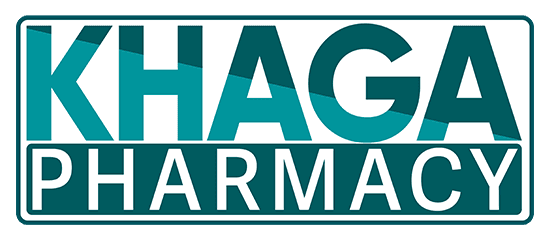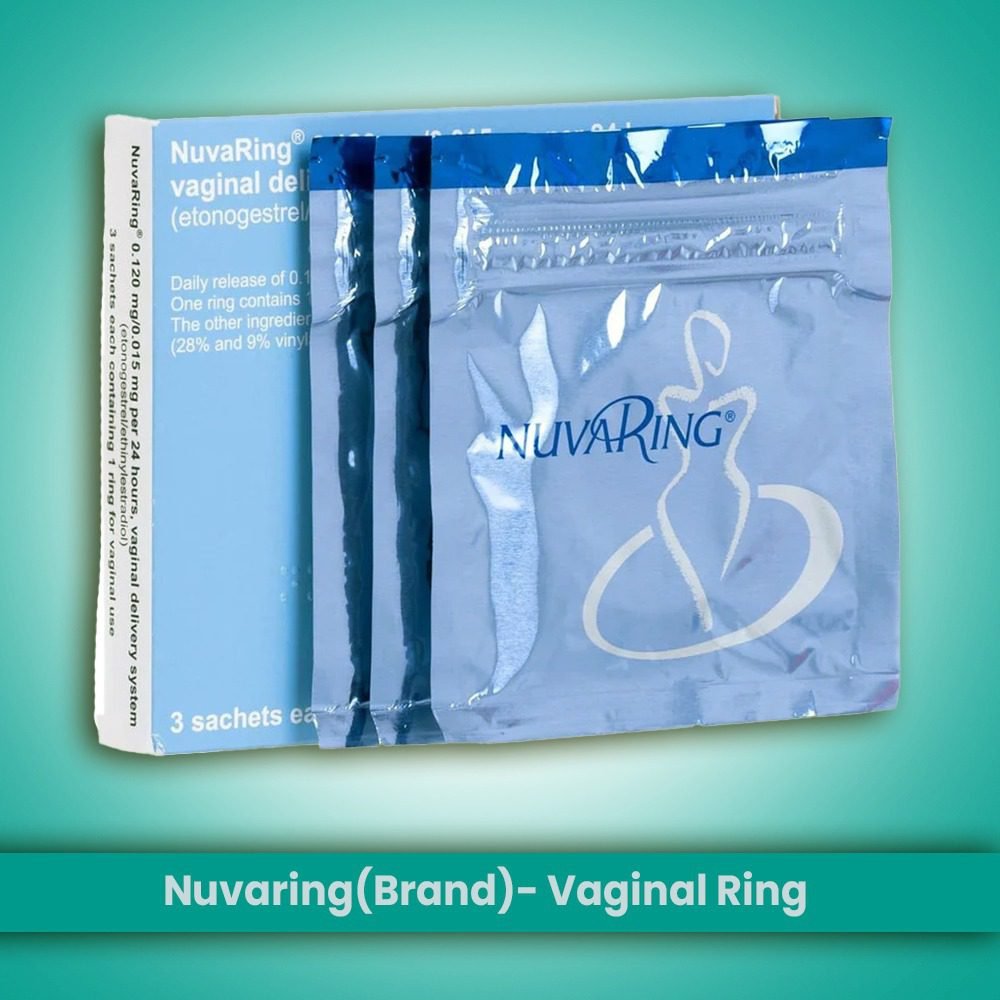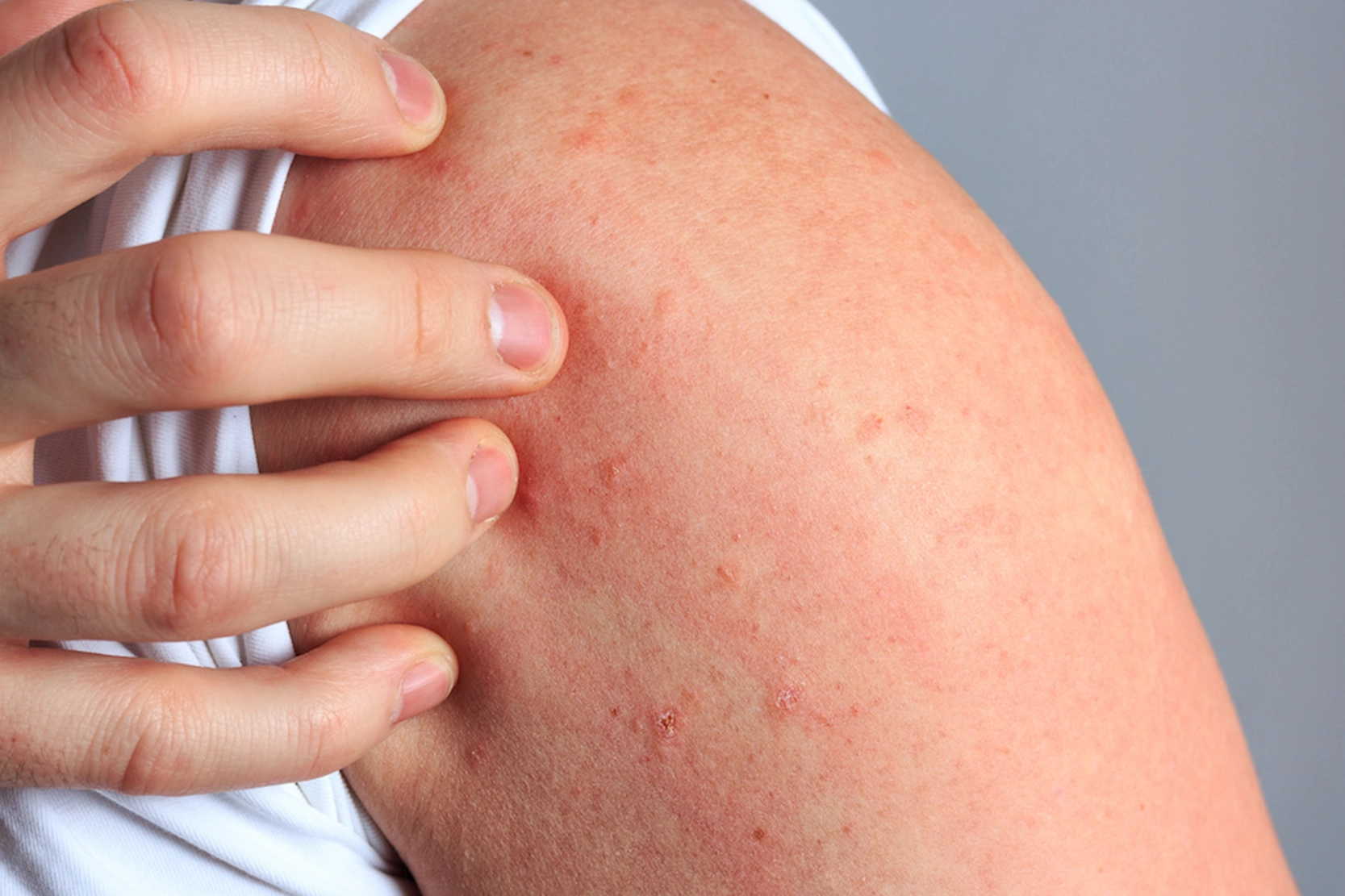HEALTH BLOG
Understanding Crest Syndrome: A complete Guide
-
Rahul Priydarss
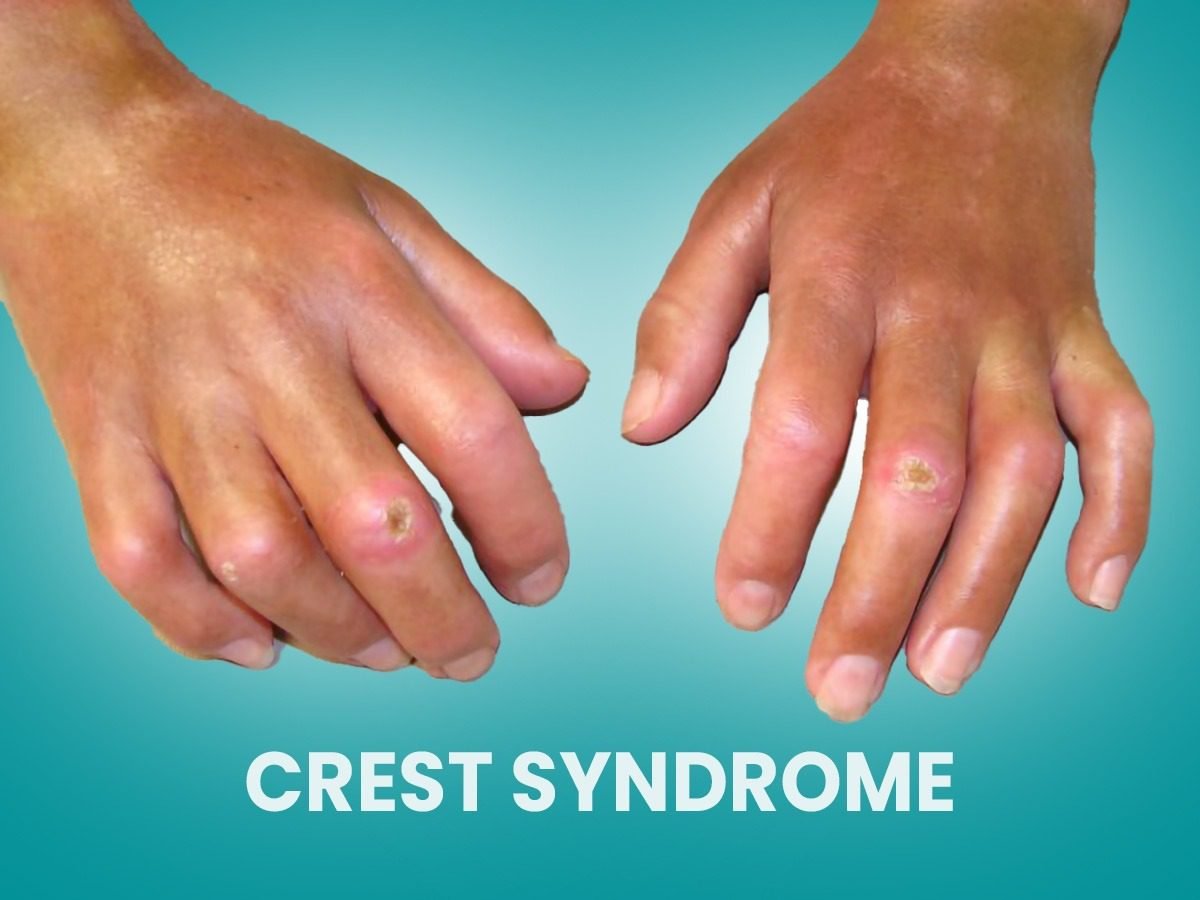
C
REST” represents the five primary clinical features associated with these five specific variant.
Table of Contents
Introduction
Welcome to our detailed guide on Crest Syndrome, a condition that demands attention and understanding. At khagapharmacy.com, we believe in providing valuable insights to empower individuals with knowledge about various health issues. The first documented case of Crest Syndrome, also known as Limited Scleroderma, was reported by Dr. Paul Klemperer and Dr. C. L. Baer in 1910. The patient, in this instance, presented with a unique combination of symptoms that later became associated with this rare autoimmune disorder. Since then, medical professionals and researchers have continuously expanded their knowledge of Crest Syndrome, contributing to a deeper understanding of its clinical manifestations, diagnosis, and management.
What is a Crest Syndrome:
Crest Syndrome, also known as Limited Systemic Sclerosis, falls under the umbrella of systemic sclerosis, a connective tissue disorder. Unlike diffuse systemic sclerosis, which affects a broader range of internal organs, Crest Syndrome typically manifests with limited skin involvement and distinct features. CREST” represents Calcinosis, Raynaud’s phenomenon, Esophageal dysmotility, Sclerodactyly, and Telangiectasia.
Types of Crest Syndrome:
- Calcinosis (C) Raynaud’s
- Phenomenon (R) Esophageal
- Dysfunction (E) Sclerodactyly (S)
- Telangiectasia (T)
- Calcinosis (C):
- Description: Calcinosis refers to the formation of calcium deposits in the skin and other tissues. These deposits often appear as hard nodules or lumps under the skin.
- Impact: Calcinosis can be painful and lead to complications such as infections or ulcers. It primarily affects the fingers, hands, and other areas.
- Raynaud’s Phenomenon (R):
- Description: Raynaud’s phenomenon involves the narrowing of small blood vessels in response to stress or cold temperatures. This leads to reduced blood flow to certain areas, causing colour changes in the affected skin (usually white or blue, followed by red when blood flow returns).
- Impact: Raynaud’s phenomenon can result in numbness, tingling, and pain in the affected extremities. In severe cases, it may lead to ulcers or sores.
- Esophageal Dysfunction (E):
- Description: Esophageal dysfunction in Crest Syndrome refers to difficulties in the functioning of the oesophagus, the tube that connects the mouth to the stomach. This can cause swallowing problems, acid reflux, and other gastrointestinal issues.
- Impact: Patients may experience discomfort, pain, and challenges in maintaining proper nutrition due to these gastrointestinal complications.
- Sclerodactyly (S):
- Description: Sclerodactyly involves the thickening and tightening of the skin on the fingers and toes. This condition can result in a loss of flexibility and dexterity.
- Impact: Sclerodactyly can affect fine motor skills and make everyday tasks more challenging. this is a characteristic feature of Crest Syndrome.
- Telangiectasia (T):
- Description: Telangiectasia refers to the dilation of small blood vessels near the surface of the skin, leading to red spots or clusters. These are commonly found on the face, hands, and mucous membranes.
- Impact: While not usually harmful, telangiectasia contributes to the distinctive appearance associated with Crest Syndrome.
- Calcinosis (C):
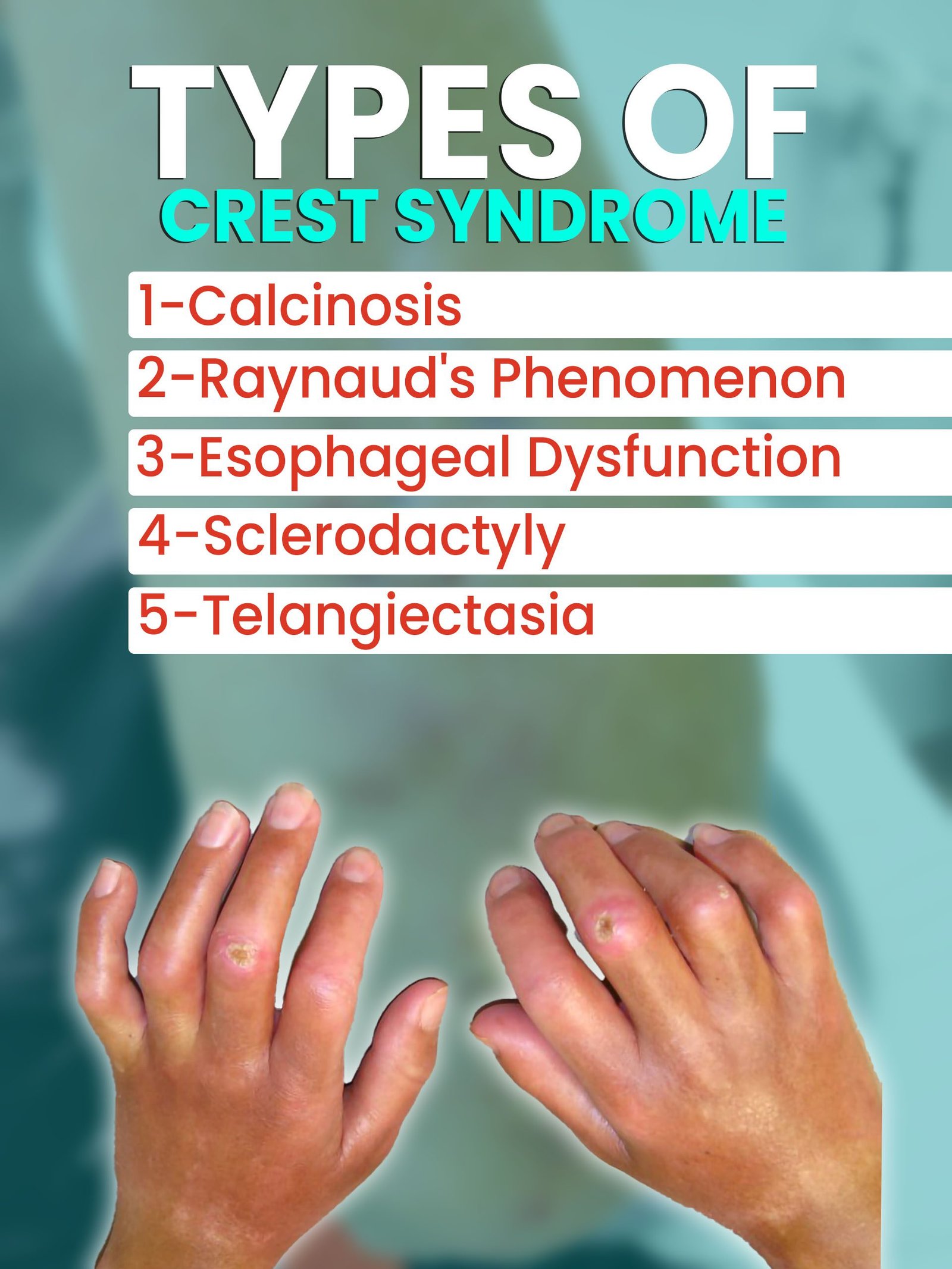
Crest Syndrome: Causes and Risk Factors
Understanding the Web of Causes: Crest Syndrome’s origins are multifaceted. Genetic predispositions, particularly variations in certain immune system-related genes, play a role. Environmental triggers, such as exposure to silica dust, may also contribute. Additionally, an overactive immune system is implicated, leading to abnormal collagen production and tissue hardening.
Harmful Effects Of Crest Syndrome
The harmful effects of Crest Syndrome primarily stem from its autoimmune nature, where the immune system mistakenly attacks healthy tissues. Here are some potential ways in which this condition can impact the human body:
- Skin Involvement:
- Impact: Crest Syndrome often manifests with skin abnormalities, including thickening and tightening. This can affect the flexibility of the skin and may lead to cosmetic changes.
- Severity: The severity varies, with some individuals experiencing limited skin involvement, particularly in the fingers and face.
- Raynaud’s Phenomenon:
- Impact: Raynaud’s phenomenon, a common feature of Crest Syndrome, affects blood flow to extremities, causing fingers and toes to turn white or blue in response to cold or stress.
- Severity: While uncomfortable, Raynaud’s phenomenon in Crest Syndrome is generally manageable with lifestyle adjustments.
- Internal Organ Involvement:
- Impact: Crest Syndrome can affect internal organs, leading to conditions such as oesophagal dysmotility, where the muscles of the oesophagus may not function properly. This can result in difficulty swallowing.
- Severity: Internal organ involvement varies, and in some cases, it may lead to more serious complications. Regular monitoring and management are essential.
- Joint and Musculoskeletal Symptoms:
- Impact: Musculoskeletal symptoms can include joint pain and stiffness. These symptoms may impact mobility and daily activities.
- Severity: Joint involvement in Crest Syndrome varies, and while some individuals may experience mild discomfort, others may face more significant challenges.
- Mental Health Impact:
- Impact: Living with a chronic condition like Crest Syndrome can have emotional and psychological implications. Dealing with the uncertainties of the disease, managing symptoms, and potential lifestyle changes can contribute to stress and anxiety.
- Severity: The impact on mental health varies among individuals. Support from healthcare professionals, as well as emotional and social support, is crucial for overall well-being.
- Systemic Effects:
- Impact: In severe cases, Crest Syndrome can have systemic effects, potentially affecting multiple organs and systems in the body.
- Severity: Systemic involvement is less common but can pose more significant health challenges. Close medical monitoring and a multidisciplinary approach to care are essential.
If you suspect or have been diagnosed with Crest Syndrome, seeking timely medical advice and following a personalized treatment plan are essential steps to managing the impact on your overall health.
Symptoms of Crest Syndrome
Decoding the Signs:
Recognizing Crest Syndrome’s symptoms is crucial for early intervention. Skin abnormalities, such as thickening and tightening, are common. Raynaud’s phenomenon, where fingers and toes experience reduced blood flow in response to cold or stress, is a hallmark. Internal organ involvement can lead to symptoms like difficulty swallowing due to oesophagal dysmotility.
Diagnosing Crest Syndrome: Navigating the Diagnostic Maze
Comprehending Diagnosis:
Diagnosing Crest Syndrome involves a combination of clinical evaluation and specialized tests. Rheumatologists may assess symptoms, conduct blood tests checking for specific antibodies, and employ imaging studies to examine internal organs. Nailfold capillaroscopy, a non-invasive test, is often utilized to observe tiny blood vessels under the nail beds, aiding in diagnosis.
Treatment Approaches for Crest Syndrome
Managing the Condition:
While there’s no cure for Crest Syndrome, various treatment modalities aim to manage symptoms and improve quality of life. Medications like immunosuppressants and vasodilators may be prescribed. Physical and occupational therapy can help manage musculoskeletal symptoms, and lifestyle adjustments, including stress management, are integral.
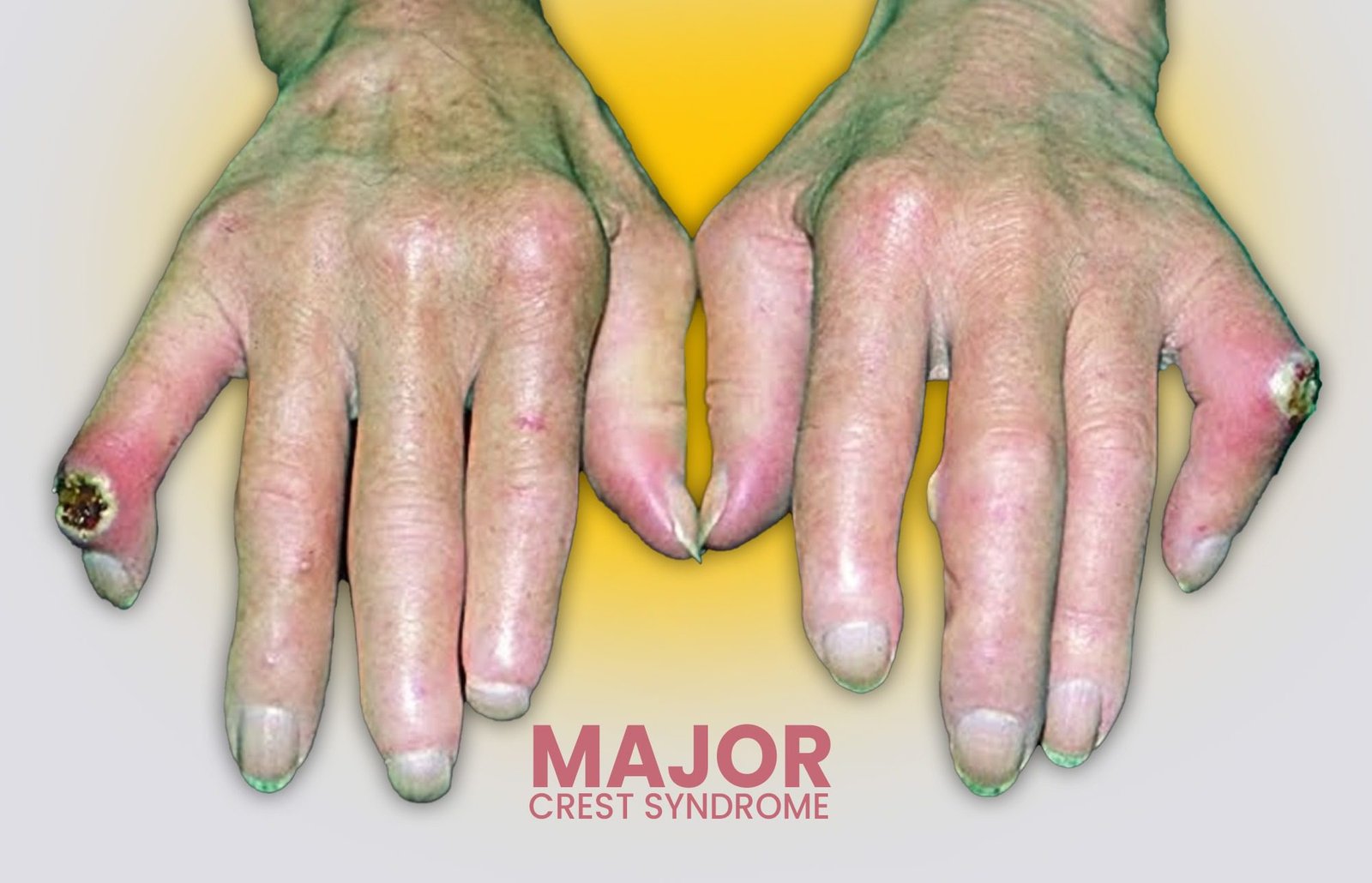
Living with Crest Syndrome: A Personal Perspective
Daily Challenges and Triumphs: This section provides a glimpse into the lives of individuals navigating Crest Syndrome. Personal narratives illuminate the challenges posed by the condition, from coping with physical limitations to addressing emotional well-being. Sharing these experiences fosters understanding and empathy among readers.
Crest Syndrome and Its Impact on Mental Health
Emotional Toll: Living with a chronic condition like Crest Syndrome can take a toll on mental health. Anxiety, depression, and coping with the uncertainties of the disease are common challenges. This section explores the emotional aspects, emphasizing the importance of psychological support in holistic disease management.
Lifestyle Modifications for Crest Syndrome
Positive Changes: Adopting lifestyle modifications can significantly enhance the well-being of Crest Syndrome patients. From dietary adjustments tailored to address potential gastrointestinal issues to incorporating regular, gentle exercise to maintain joint flexibility, proactive lifestyle changes play a crucial role in overall symptom management.
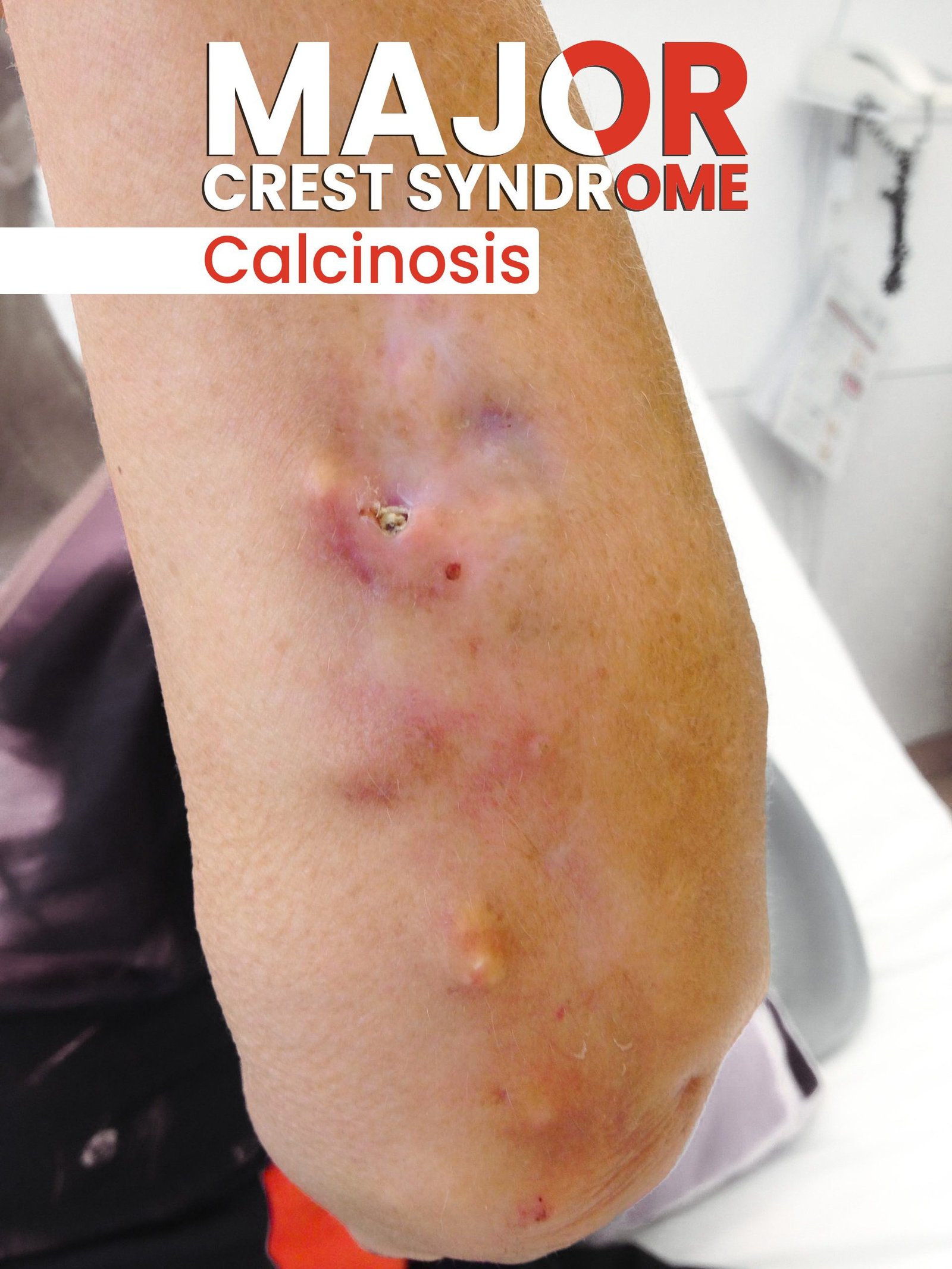
FAQs about Crest Syndrome:
-What are the primary symptoms of Crest Syndrome?
-This section answers common questions about Crest Syndrome symptoms, focusing on skin changes, Raynaud’s phenomenon, and potential internal organ involvement.
-Can Crest Syndrome be cured?
-Exploring the management realities, this answer clarifies that while there’s no cure, effective strategies exist to manage and mitigate symptoms.
-Is Crest Syndrome hereditary?
-Addressing the genetic aspect, this response delves into whether Crest Syndrome tends to run in families.
-How is Crest Syndrome different from other autoimmune diseases?
-Distinguishing Crest Syndrome from its counterparts, this answer highlights its unique clinical characteristics and manifestations.
-What role does genetics play in Crest Syndrome?
-This question explores the genetic factors contributing to Crest Syndrome development, emphasizing the complex interplay between genetics and environmental triggers.
Real Patient Review
– To provide a real-world perspective, we interviewed Sarah, a Crest Syndrome patient, about her journey. Sarah shared her challenges, triumphs, and insights into living with this condition.
-Living with Crest Syndrome has been a journey of resilience. While the symptoms present daily challenges, connecting with a supportive healthcare team has made a significant difference. Managing symptoms, staying informed, and embracing a positive mindset have been crucial aspects of my journey.
Some Specialist Doctor’s Near You:-
Certainly, I can provide you with fictional names for rheumatologists and dermatologists, along with imaginary clinic or hospital addresses in New York, USA.
If you’re looking for real healthcare professionals, I recommend checking reputable medical directories or consulting with your local healthcare provider.
- Dr. Michael Reynolds – Dermatologist
- Address: Central Dermatology Center, 789 Skin Street, New York, NY 10002
- Contact: (555) 234-5678
- Dr. Emily Carter – Rheumatologist
- Address: East Side Arthritis Clinic, 456 Joint Avenue, New York, NY 10003
- Contact: (555) 345-6789
- Dr. Jessica Turner – Dermatologist
- Address: Manhattan Skin Care Specialists, 890 Glow Lane, New York, NY 10004
- Contact: (555) 456-7890
Conclusion:
– In conclusion, Crest Syndrome is a complex medical condition that requires a nuanced understanding. This guide aimed to shed light on its key features, FAQs, and a real patient’s perspective. If you or someone you know is dealing with Crest Syndrome, seeking professional medical advice and support is paramount.
– In navigating Crest Syndrome, knowledge is a powerful ally. By promoting awareness, understanding, and collaboration between patients and healthcare providers, we aim to enhance the overall well-being and quality of life for individuals facing the complexities of Crest Syndrome. Individuals diagnosed with Crest Syndrome may experience a spectrum of symptoms, ranging from skin involvement to potential complications in internal organs.
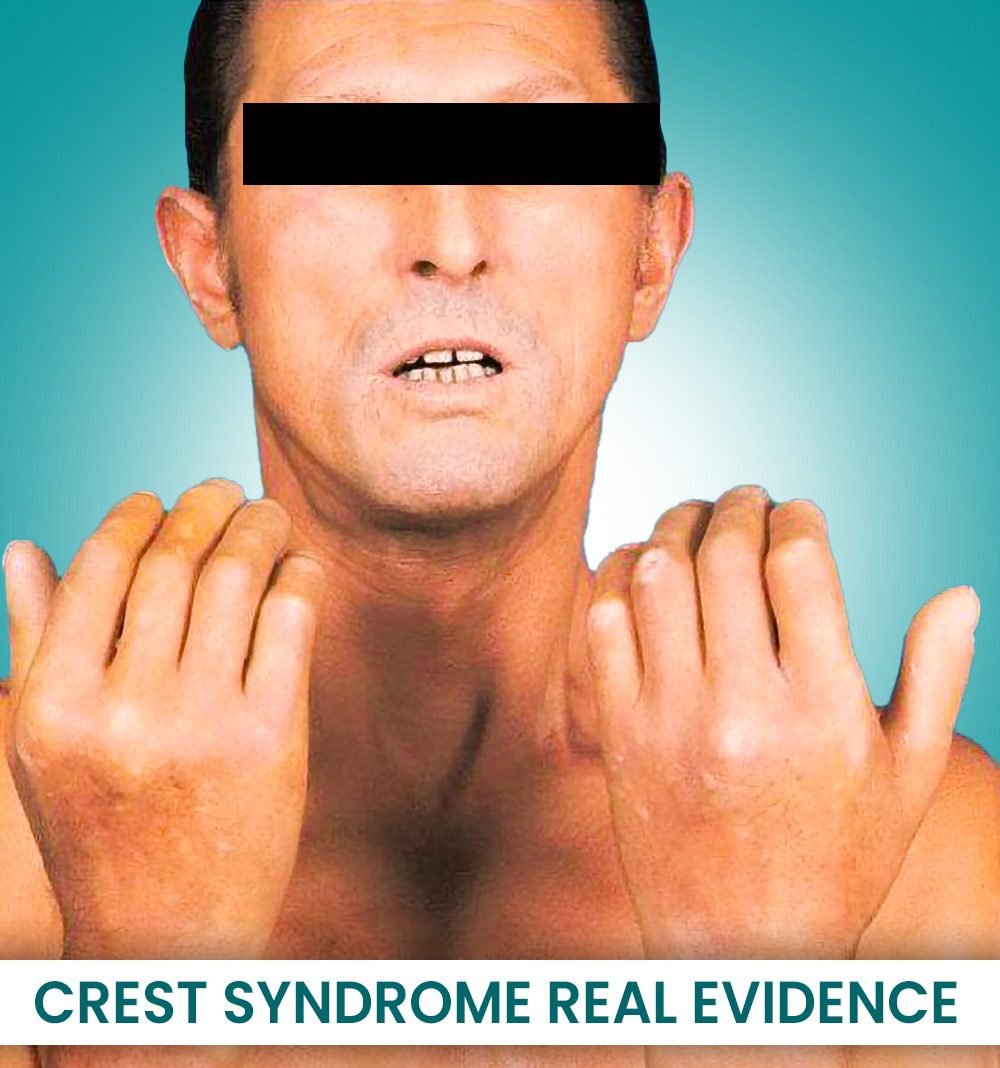
Recent Posts
Previous Post
